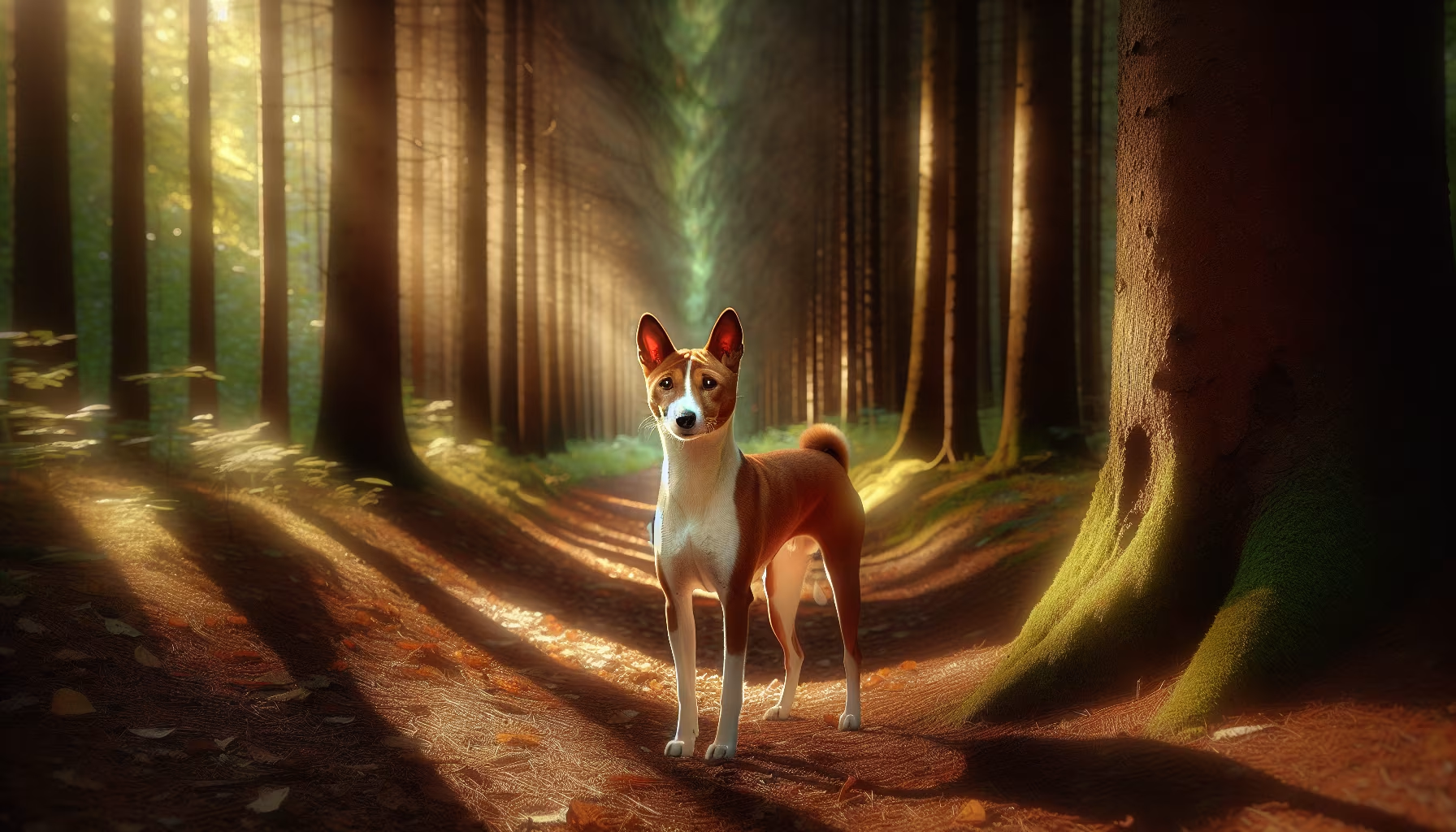Published
- 5 min read
What was the first dog breed ever domesticated?

What was the first dog breed ever domesticated?
Explore the origins of dog domestication and discover which breed was the first to be domesticated, along with fascinating insights into early canine evolution. Understanding the beginnings of our bond with dogs not only satisfies our curiosity but also enriches our appreciation for these beloved companions. Dive into the ancient past to uncover the complex journey from wild wolves to the diverse dog breeds we adore today.
The Dawn of Domestication: Wolves to Dogs
The story of dog domestication begins with the gray wolf, Canis lupus. Thousands of years ago, these ancestors of modern dogs roamed much of the Northern Hemisphere. Human and wolf encounters likely began around 20,000 to 40,000 years ago, during the last Ice Age. As humans formed hunter-gatherer societies, wolves were drawn to human settlements by the promise of food scraps. Over generations, a mutually beneficial relationship developed, leading to the domestication of the first dogs.
How Did Wolves Become Dogs?
The transition from wolf to dog was gradual and complex. Early humans likely selected wolves that exhibited less fear and aggression. These wolves, in turn, benefited from human protection and a more reliable food source. Over time, natural selection and human intervention led to changes in physical and behavioral traits. These changes included reduced size and jaw strength, a more diverse coat color, and increased sociability. Such traits made early dogs better suited to living alongside humans.
The Role of Genetics in Domestication
Recent genetic studies have shed light on the domestication process. By analyzing ancient canine DNA, researchers have identified genetic markers that distinguish dogs from wolves. These markers reveal that domesticated dogs likely diverged from their wild ancestors in several locations simultaneously, indicating a complex and multifaceted domestication process. This genetic evidence has also helped pinpoint the timeline of domestication, suggesting that the first dogs appeared at least 15,000 years ago.
Identifying the First Domesticated Dog Breed
Determining the first dog breed ever domesticated is challenging due to the lack of direct evidence. However, several theories and archaeological findings provide clues. The earliest known dog remains were found in Bonn-Oberkassel, Germany, dating back about 14,200 years. This suggests that dogs were already distinct from wolves at this time.
The Basenji: An Ancient Breed?
One candidate for the title of the first domesticated breed is the Basenji. Often referred to as the “barkless dog,” the Basenji is native to Central Africa and exhibits many primitive traits, such as a lack of barking and a reliance on sight rather than scent for hunting. These characteristics have led some researchers to propose that the Basenji may closely resemble early domesticated dogs. However, without definitive evidence, this remains speculative.
The Saluki: A Royal Companion
Another contender is the Saluki, a breed with a long history in the Middle East. Depictions of Saluki-like dogs appear in ancient Egyptian art, suggesting their domestication dates back thousands of years. Known for their speed and grace, Salukis were highly valued by nobility and used for hunting. While the Saluki’s precise origins are unclear, its ancient lineage makes it a strong candidate for one of the earliest domesticated breeds.
The Evolution of Dog Breeds
Following initial domestication, the diversification of dog breeds began. As humans settled into agricultural societies, they selectively bred dogs for specific tasks, such as herding, guarding, and hunting. This selective breeding led to the wide variety of dog breeds we see today, each with unique physical and behavioral traits tailored to their roles.
The Role of Environment and Culture
Environmental factors and cultural practices played significant roles in shaping early dog breeds. For example, the Arctic’s harsh conditions led to the development of hardy sled dogs like the Siberian Husky. In contrast, temperate regions favored breeds with specialized skills, such as the herding Border Collie. These adaptations demonstrate the intricate relationship between humans, dogs, and their environments.
The Legacy of Domestication
The domestication of dogs represents one of humanity’s most successful experiments in animal husbandry. This partnership has endured for millennia, evolving from a simple symbiotic relationship to a deep bond characterized by companionship and mutual respect. Today, dogs continue to serve diverse roles, from working animals to beloved family members.
Modern Implications of Ancient Bonds
Understanding the history of dog domestication can inform current practices in breeding, training, and care. By recognizing the origins and evolutionary pressures that shaped early dogs, pet owners can make more informed decisions about their pets’ needs. This historical perspective also underscores the importance of preserving the genetic diversity and health of modern dog breeds.
Conclusion
While the exact identity of the first domesticated dog breed remains elusive, the journey from wolf to dog is a testament to the enduring bond between humans and canines. This relationship, forged thousands of years ago, continues to thrive today, enriching our lives in countless ways. As we learn more about the early history of dogs, we gain a deeper appreciation for their role in our shared history and their place in our future.
If you’re fascinated by the history of dog breeds and their evolution, consider exploring more about specific breeds and their unique traits. Understanding the past helps us better care for our canine companions today.